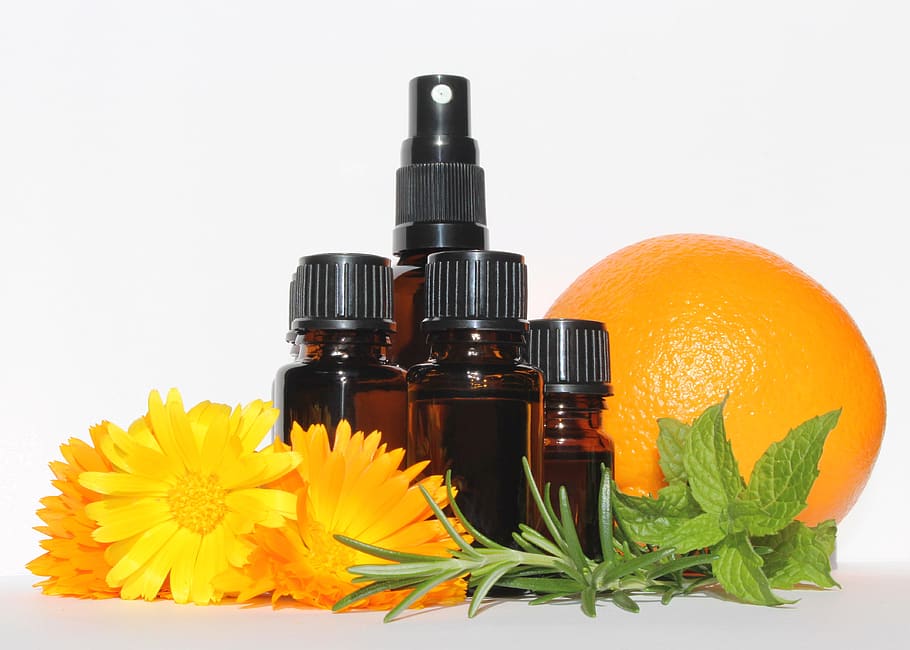This is the initial stage of growth and occurs when your seed’s embryo cracks open and the seedling produces a root. This root fixes itself into the soil and pushes the newborn seeding up and over the soil surface. Following surface contact two embryonic leaves open outwards to receive sunlight, pushing the empty seed shell away from the seedling.
It takes anywhere between 12 hours to 3 weeks for seeds to germinate. Once the plant has reached this stage it goes into the seedling stage. Figure 2.12 – This is a great picture of an Indica seedling by Strawdog. 82 =Seedling Stage: After the first pair of embryonic leaves are receiving light (Figure 2.12), the plant will begin to produce another small set of new leaves.
Check out Canada Grow Supplies, Canada's Leader in LED Grow Lights, Tents, Nutrients, and Hydroponics Systems. Here you will find the best grow kits, tents, grow lights and many more cultivation tools. We help growers find the best growing supplies they need.
These leaves are different from the last and may have some Marijuana characteristics such as the three rounded finger shaped points. As the seedling grows more of these leaves are formed and bush upwards along with a stem. Some stems are very weak at this stage and need the support of a small thin wooden stake tied to the seedling with some fine thread.
United Cannabis Seeds is an online American seed bank that features some of the world's cannabis seeds virginia for sale in Feminized, Autoflowering, CBD in the USA
Lastly
The seedling stage can last between 1 and 3 weeks. At the end of the seedling stage your plant will have maybe 4 – 8 new leaves. Some of the old bottom leaves may drop off. It will continue to grow upwards producing new leaves as it moves along (Figure 2.13). It will also produce a thicker stem with thicker branches and with more fingers on the leaves. It will eventually start to show its sex. When it does this it is time for the plant’s pre-flowering stage. It can take anywhere between 1 and 5 months for the plant to hit this next stage.
Other links



